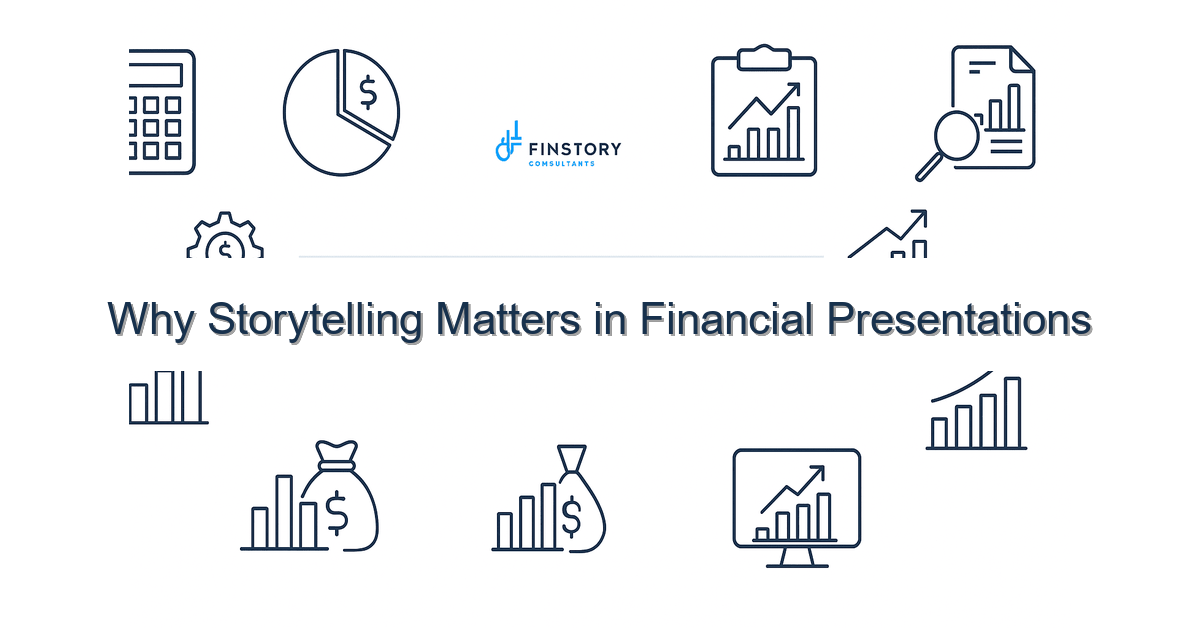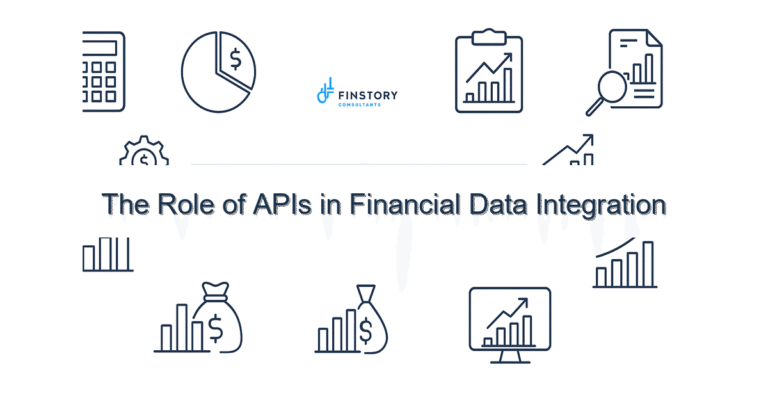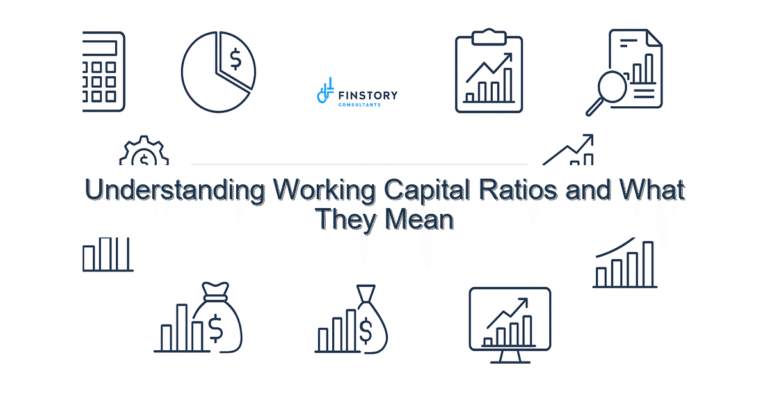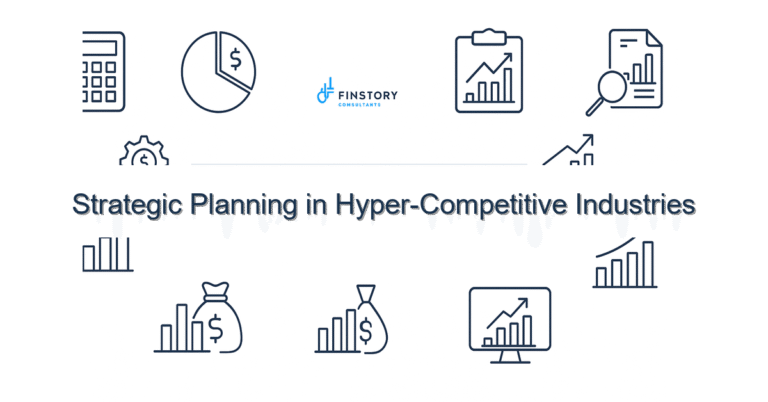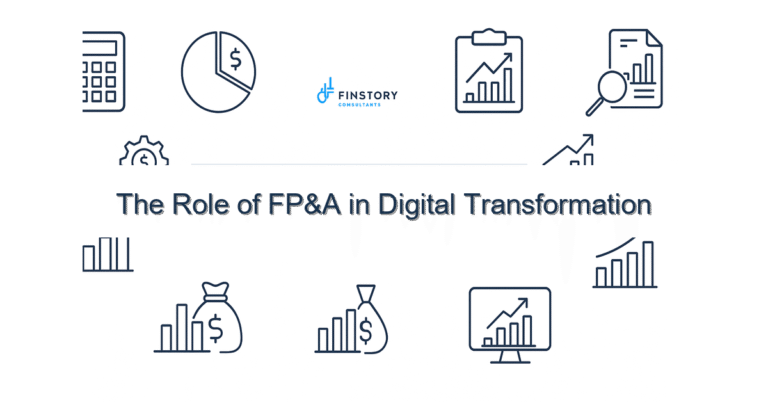Why Storytelling Matters in Financial Presentations
You run on facts, but people decide on meaning. As a healthcare operations leader or CFO, you know the frustration: perfect numbers that still don’t change behavior. That gap isn’t a spreadsheet problem — it’s a storytelling problem.
Summary: Use storytelling in financial presentations to turn complex data into clear decisions. The win: faster approvals, better resource alignment, and leadership buy-in so your financial plans actually get executed.
What’s the real problem? (storytelling in financial presentations)
Finance teams produce more numbers than ever. But when those numbers go to clinical leaders, department heads, or boards, they often land as noise. Leaders leave meetings unsure what to do next.
- Presentations focus on outputs (variance numbers, schedules) rather than outcomes (patient impact, capacity).
- Key stakeholders don’t see the decision: what to approve, what to deprioritize, and why.
- Lengthy slide decks and dense tables slow approval cycles and erode trust.
- Context gets lost across systems — forecasts sit apart from operational realities.
What leaders get wrong
You might think the fix is prettier slides or more granular forecasts. Those help, but they miss the point. Common mistakes I see:
- Treating reporting as compliance instead of influence. If the goal is to inform rather than move, you’ll get minimal action.
- Overloading leaders with every number instead of highlighting a few decision-driving metrics.
- Using jargon and caveats that bury recommendations. Unclear language equals delayed or default decisions.
- Assuming data alone convinces. Even accurate numbers need a narrative that ties to mission and pain points.
A better approach
Storytelling in financial presentations means designing each slide and each remark to answer one question: what decision should be made now? Here’s a compact framework you can apply.
- Start with the decision: open every presentation by naming the decision and the recommended action.
- Frame the context: one-sentence situation — what changed or what’s at stake for patient care or operations.
- Show the evidence: 2–3 data points that explain impact and tradeoffs (cost, capacity, clinical outcomes).
- Explain options briefly: present the top two alternatives and the pros/cons for each.
- Close with a clear ask and next steps: the timeline and who owns it.
Real-world example: A CFO needed to cut $12M from operating expenses. Instead of showing line-item cuts, the finance team presented three scenarios: (A) spread cuts across support services, (B) targeted reductions in underutilized contracts, (C) delay equipment spend. Each scenario had patient-impact scoring and an implementation timeline. The board chose B; planning time dropped from four weeks to nine days because the decision and tradeoffs were explicit.
Quick implementation checklist
- Begin every deck with a single-line decision statement: “We recommend X by Month Y.”
- Use a one-slide situation-summary: 3 bullets (what happened, why it matters, who is affected).
- Limit slides to 6–8 per meeting; keep tables to one clear takeaway each.
- Highlight the top 3 metrics that drive the decision (e.g., cash burn, FTE per case, length of stay variance).
- Include one visual that links finances to operations (capacity heatmap or cost-per-case trend).
- Prepare a backup appendix with granular data for follow-up questions—but don’t start there.
- Practice the 90-second narrative: what you’ll say before showing slides to set the frame.
- Request the decision on the calendar; don’t leave it implicit.
What success looks like
When storytelling in financial presentations becomes routine, outcomes are measurable:
- Decision cycle time falls: average approval time drops 30–60%.
- Meeting length shortens: executives reach decisions in 20–40 minutes more often.
- Forecast accuracy improves: alignment between operational plans and financial forecasts rises (target +5–10% accuracy improvement).
- Execution rate increases: approved initiatives move to execution 25% faster.
- Stakeholder satisfaction improves: clearer reports reduce follow-up requests by half.
Risks & how to manage them
Storytelling can be misused or mishandled. Watch for these three risks and mitigations.
- Risk: Oversimplifying complex tradeoffs.
Mitigation: Use appendices and Q&A time to surface nuance while keeping the main narrative clear. - Risk: Perceived bias in recommendations.
Mitigation: Show alternative scenarios and include source assumptions; invite a clinical or operations co-presenter. - Risk: Story becomes a one-person show (only finance sets the narrative).
Mitigation: Co-create stories with operations and clinical leaders so the narrative resonates across functions.
Tools & data
Good narratives rest on connected, trustworthy data. Practical tools that help:
- Finance automation platforms to reduce manual reconciliation and free time for analysis.
- Power BI or similar visualization tools for dashboards that link finance metrics to operational KPIs.
- Integrated leadership reporting that combines forecast, capacity, and patient outcomes in one view.
Tip: embed one dynamic visual (e.g., a capacity vs. cost dashboard) in your slides to let leaders explore impact in real time. We often pair automation with a short narrative template so the dashboard tells a clear story every month.
FAQs
Q: How long should a storytelling-driven financial presentation be?
A: Aim for 20 minutes of core narrative with a 10–15 minute Q&A. Keep backup data in the appendix.
Q: Do we lose rigor if we simplify?
A: No. Simplifying means prioritizing—the rigor lives in the assumptions, scenario models, and appendices. The main deck focuses on decisions.
Q: Who should present — CFO or controller?
A: Whoever owns the decision frame. For strategic asks, CFO or FP&A lead is best. For operational budget reviews, a controller or ops partner co-presenting improves credibility.
Next steps
If you want to improve how your team influences decisions, start by redesigning one recurring meeting. Use the decision-first framework for a month and measure cycle time and follow-ups.
Ready to apply storytelling in financial presentations across your organization? Contact Finstory for a tailored plan: we’ll help you map decisions, stand up focused dashboards, and train presenters so finance becomes a clearer, faster partner to operations and clinical leaders.
Work with Finstory. If you want this done right—tailored to your operations—we’ll map the process, stand up the dashboards, and train your team. Let’s talk about your goals.
Related reading: see our posts on how to build finance narratives and forecasting best practices. Learn about our dashboard implementation services to pair storytelling with the right tooling.
📞 Ready to take the next step?
Book a 20-min call with our experts and see how we can help your team move faster.
Prefer email or phone? Write to info@finstory.net
or call +91 44-45811170.
